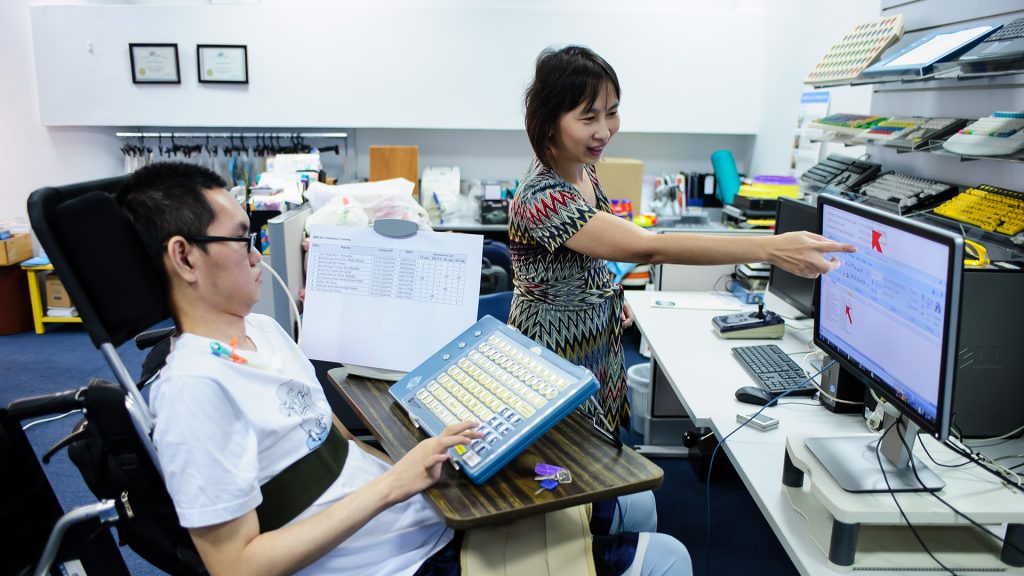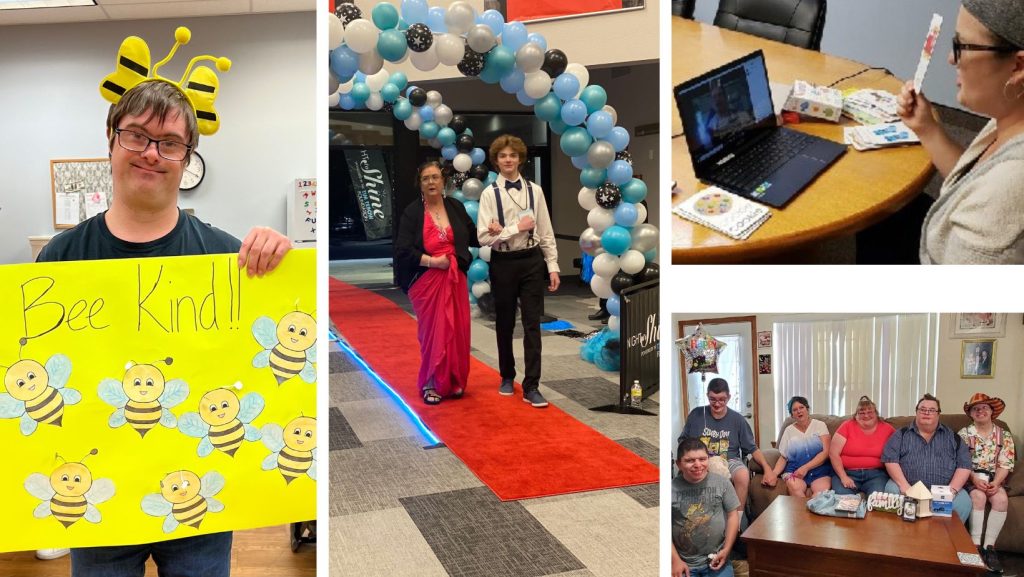
“The start of the new year is a time for reflection, renewal, and yes, new goals. Whether you are into making resolutions or just setting goals, it’s a great time to think about your commitment to disability inclusion everywhere.” [1]
“The best time to start an accessible design journey is five years ago, the second-best time is today. If your brand’s New Year’s resolution is to bring accessible design into your business, brand, products and experience, then congratulations – it looks like your 2024 is going to be a particularly rewarding and transformative year!” [2]

- Set clear and measurable goals. One of the first steps to promote disability inclusion is to define your goals and determine how you will measure and track your progress. Set specific and realistic targets for hiring, retention, promotion, training, engagement of diverse talent, as well as reviewing the accessibility features of your products and services. And most importantly, track your results regularly. You won’t know how you’re doing unless you track and measure where you started, what you are doing and the outcomes of your work.” [1]
- “Speak directly to people: Adults with disabilities unfortunately often still have this experience of being talked over. Others will often address their personal care assistants or interpreters rather than them directly. Give all people the common courtesy of speaking to them directly when they’re in the room.” [3]
- “Reduced Inequality— Only 24 percent of countries in the world have constitutions that expressly prohibit discrimination or guarantee equal rights based on disability.” [4]

- “Speaking Up, Not Staying Silent: Witnessed an exclusionary practice? Don’t become a bystander. Become a proactive advocate for accessibility. It’s not about pointing fingers or shaming, but about constructively raising awareness, offering solutions, and collaborating with key stakeholders to create positive change. Remember, even small changes can have a significant impact.” [5]
- “Building Spaces Everyone Can Call Home: Think beyond ramps and wheelchair slots. Accessibility encompasses a spectrum of needs, from sensitivity to sound and light to diverse communication styles. When designing physical or digital spaces, consider:
- Sensory considerations: Dimmable lights, designated quiet zones, and clear signage can make a world of difference for people with sensory sensitivities.
- Mobility variations: Consider ramps, wider doorways, and accessible furniture to ensure everyone can navigate the space with ease.
- Communication inclusivity: Offer different communication channels like email, instant messaging, or video conferencing to cater to diverse needs and preferences. By actively designing for inclusivity, we create spaces where everyone feels comfortable and empowered to participate.” [5]
- “Educate yourself and others. Disability inclusion is not just about numbers, but also about attitudes, behaviors, and cultures. To foster a more inclusive environment, you need to learn about the different perspectives, experiences, and needs of disable people, and how to communicate and collaborate with them effectively. You can take advantage of online courses, webinars, podcasts, books, and articles.” [1]

By being more inclusive of others, you become a more self-aware and kinder person. And at the same time, the act of including others creates a world that is better than it was before.
Resources
[2] https://lbbonline.com/news/how-to-make-2024-the-year-your-brand-embraces-accessible-design
[3] https://rudermanfoundation.org/new-years-resolution-being-more-inclusive/
[4] https://sheribyrnehaber.com/sustainability-starts-with-disability-inclusion-and-accessibility/
[5] https://www.linkedin.com/pulse/level-up-accessibility-in2024-pratik-shah-zr25c/
